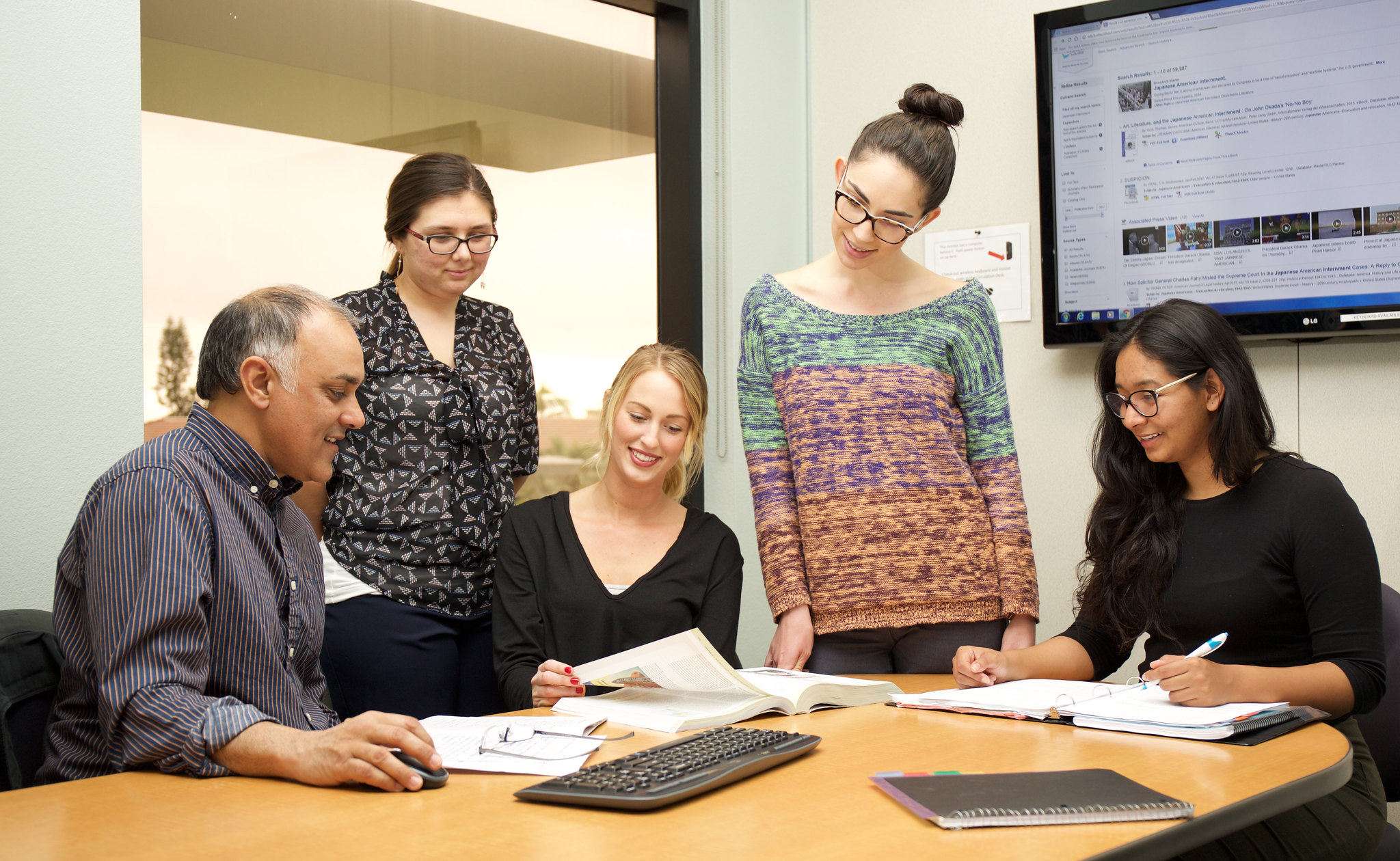Online Teaching and Learning
Get started by visiting our instructional technology and Canvas.
Menu
Teaching Online
- Online Teaching and Learning may differ from in-person instruction but our passion and enthusiasm for educating and facilitating meaningful experiences for our students is a constant. The MiraCosta Online Class Quality Guidelines offers a thorough and well-researched starting point for us to design our classes with intention and purpose
- Additionally, MiraCosta’s Administrative Procedure 4105 on Distance Learning provides guidance for mandates and compliance issues related to online teaching and learning
- Canvas Start of the Semester Instructor Checklist is a must-use resource to ensure our courses are set up and ready to go for our students on day one
- Faculty at MiraCosta are active in shaping what Distance Education looks like at our college. The MOE (MiraCosta Online Educators) – Subcommittee of the Academic Senate embraces student-centered, engaging, and accessible Online Education that meets student needs, enhances the learning experience, and broadens access to superior educational opportunities and support services
- Whether a student is well-versed in taking distance education classes or is just starting out in an online learning environment, the SOOL – Student Orientation to Online Learning offered through the Office of Online Education will prepare them for the semester
- Encourage students to take advantage of the many Canvas-related resources available including Live Chat and Canvas Student Guides
- Students do not need to be on campus to receive the many services MiraCosta provides. Visiting the Student Support Hub in Canvas will help students make online counseling appointments, get help from the library, explore the Career Center, link up with tutors, and much more
- If you want to connect with a colleague or course design expert, please make a request through our Peer Mentor Program and Instruction Design Support form. Sometimes having another professional review our classes and course structure is just what we need to make improvements that will enhance the student experience
- The DE Handbook is a one-stop-shop for all things distance education. You will find everything you need to get started and keep going in the process of designing and implementing a top-quality online teaching and learning environment
- The faculty at MiraCosta have contributed to the PROJECT Online Teaching Foundations Canvas course by developing professional learning opportunities on many different aspects of online education. You can self-enroll in the course at any time
- If you have a question or concern regarding Canvas, you have many options for help. You can call the 24/7 Hotline, engage in the Live Chat, and browse many topics in the Canvas Instructor Guides
- The Office of Online Education has a ton of archived Workshops on a variety of topics and gives us another opportunity to learn from our talented faculty colleagues
- If you have questions about the backend of campus, contact our Instructional Technologist, Karen Turpin (kturpin@miracosta.edu)
Explore these titles for a detailed MiraCosta-specific overview of each item below. This is not intended as a comprehensive review of all technologies for online teaching supported by the college, but rather a quick look at the essentials.
- Canvas – of course is the #1 tool for most faculty.
- Zoom – We are all Zoom users, and many of our classes are now incorporating Zoom. Make sure you are using the professional-level Zoom account available through CCC’s ConferZoom!
- Canvas Studio – This great tool enables faculty and students to create videos while inside Canvas. Faculty can create interactive discussion or quiz activities based on video.
- Pronto is an incredible mobile-friendly and Canvas-integrated messaging platform that’s ready to use in every course.
- Pope Tech helps faculty detect and correct accessibility issues within Canvas. See also Creating Accessible Course Content for tips on ensuring all the content you add to Canvas is fully accessible.
- Ally automatically converts content you share through Canvas into multiple formats for students, allowing for listening rather than reading and better access to content on mobile devices.
- PlayPosit – This video interaction tool offers more complexity and options than Studio. Studio is a great place to start, but if you’re looking for more question types to add to your videos, PlayPosit is a great option.
- Turnitin – Many faculty use Turnitin to help students learn to properly cite sources and avoid plagiarism, as well as to assist with grading and peer review processes for written work.
- Productivity Software, Hardware, and other resources for working from home – this AIS website includes a number of links to helpful resources for being fully equipped when teaching from your home.


